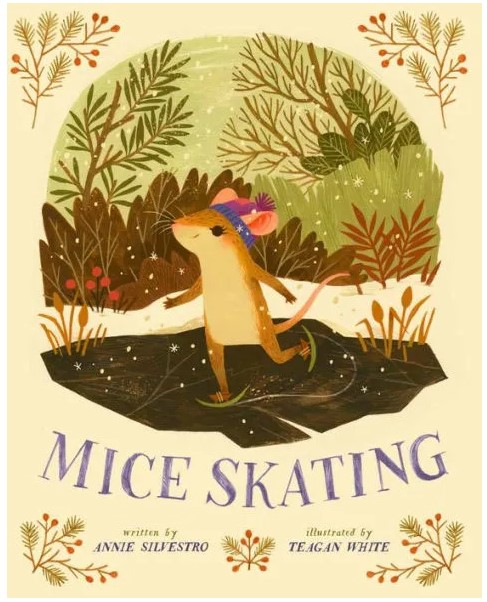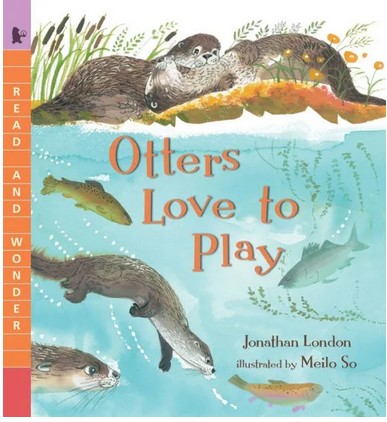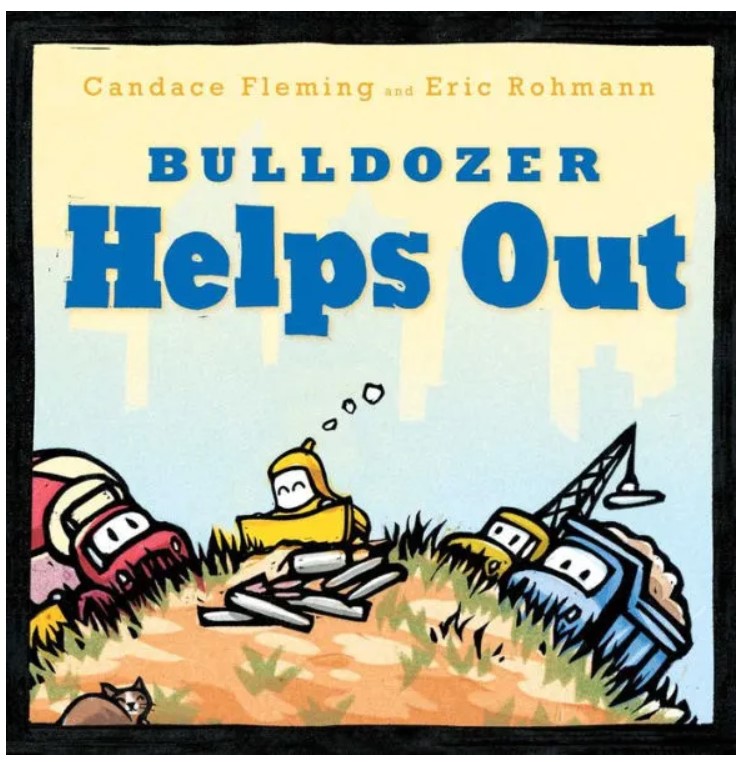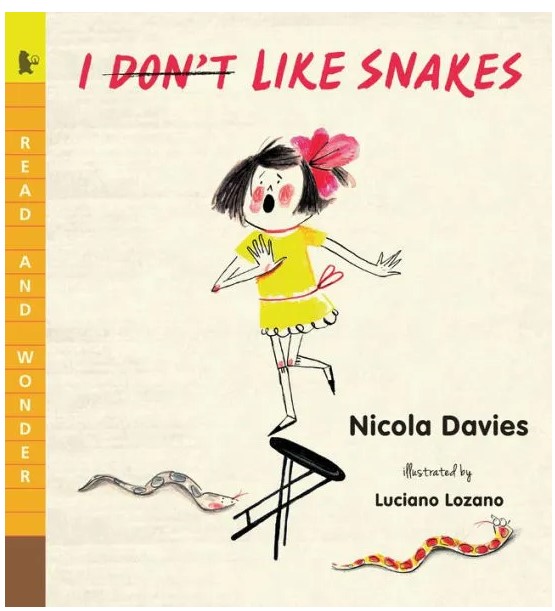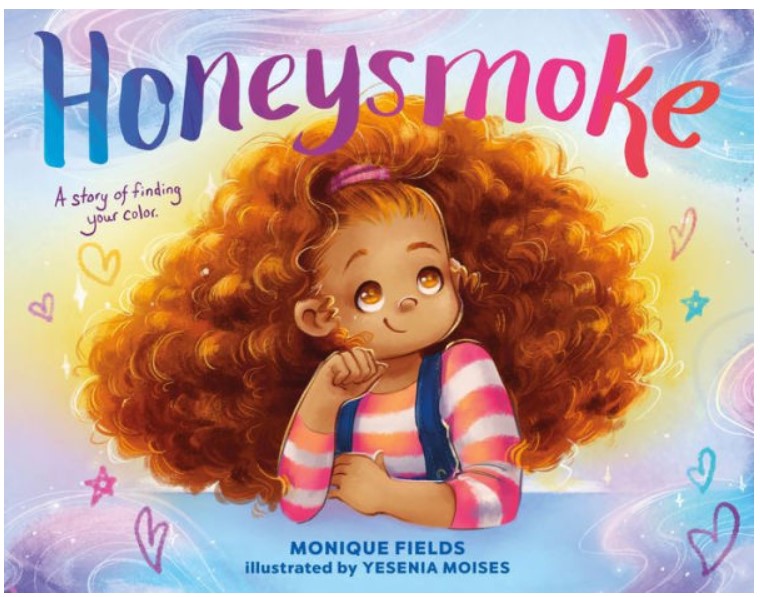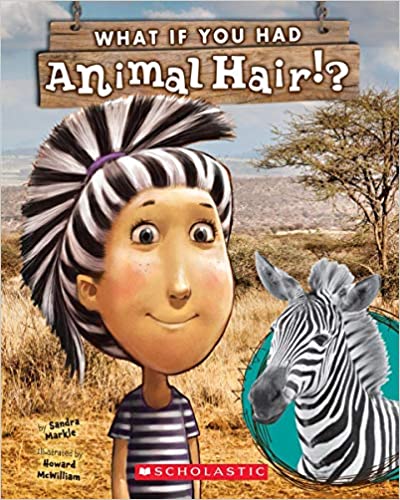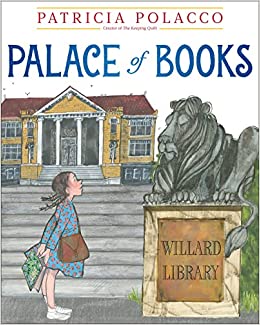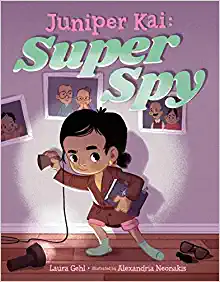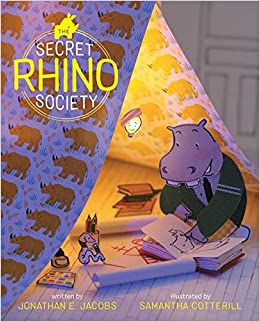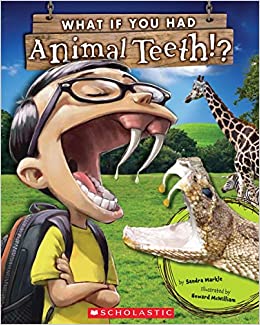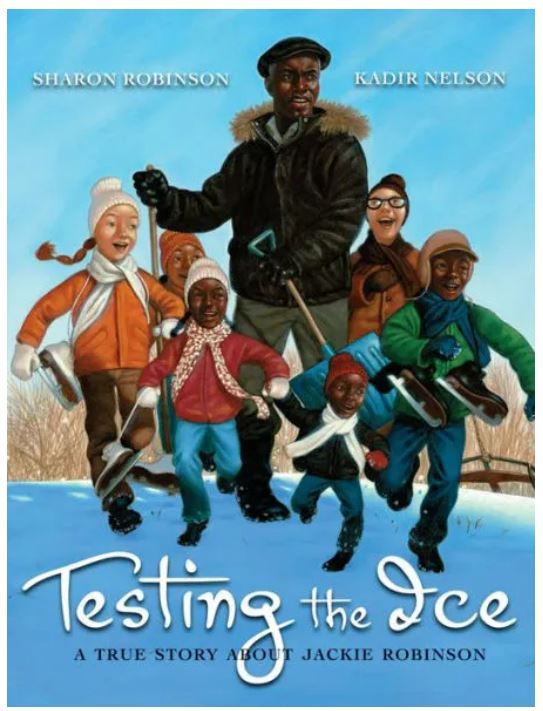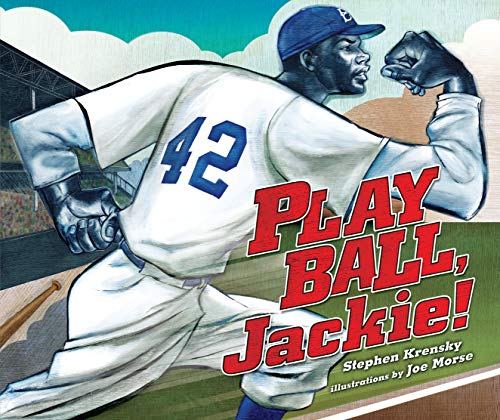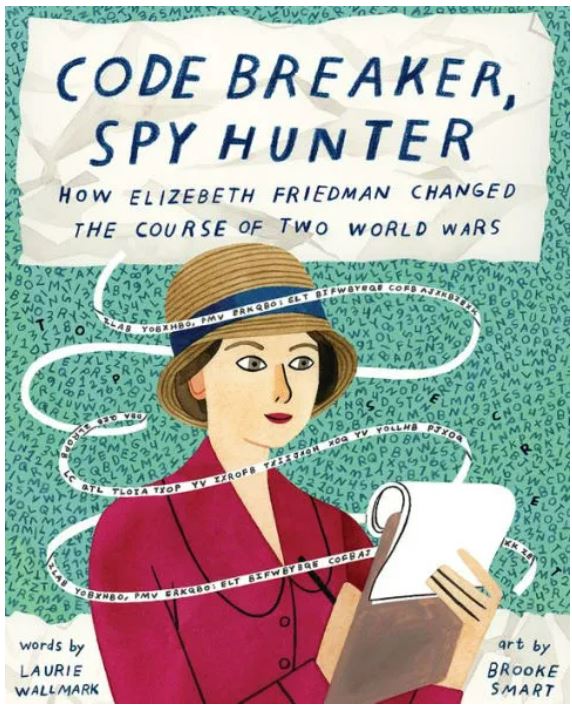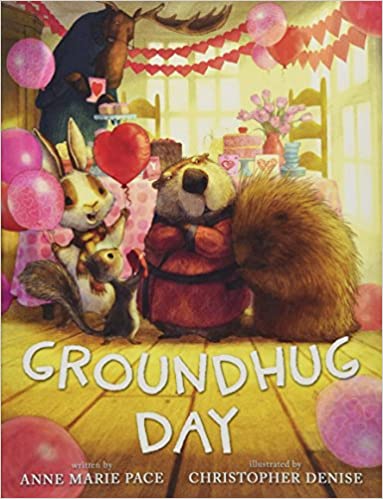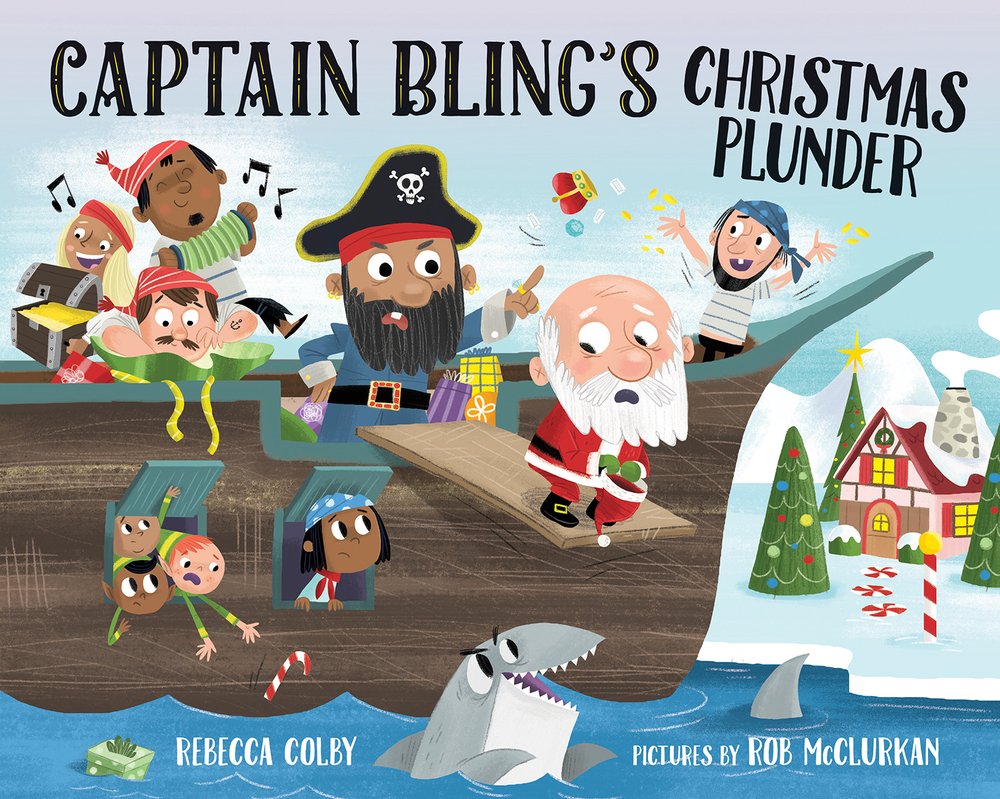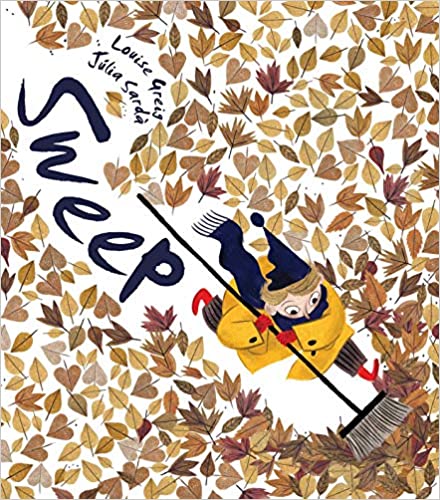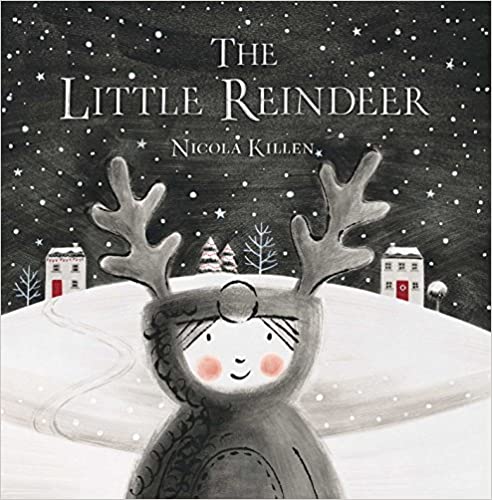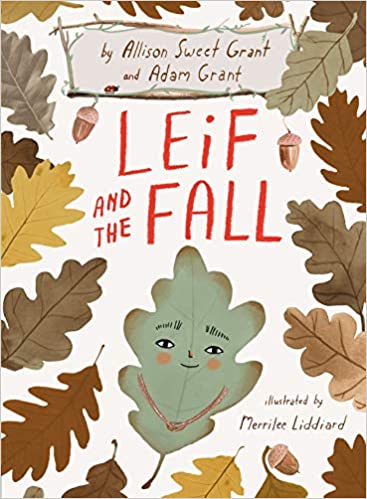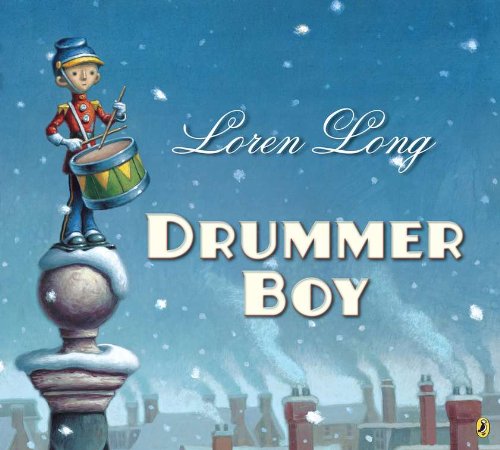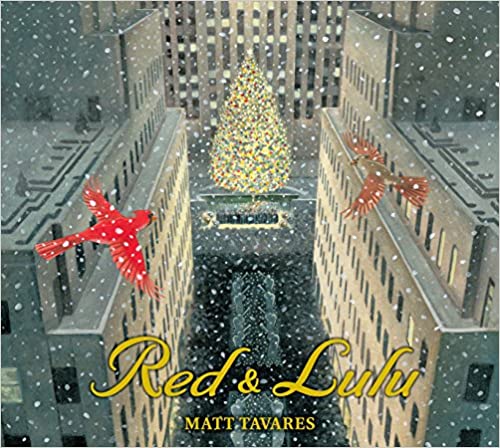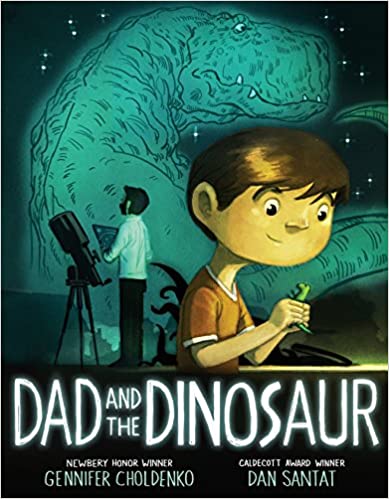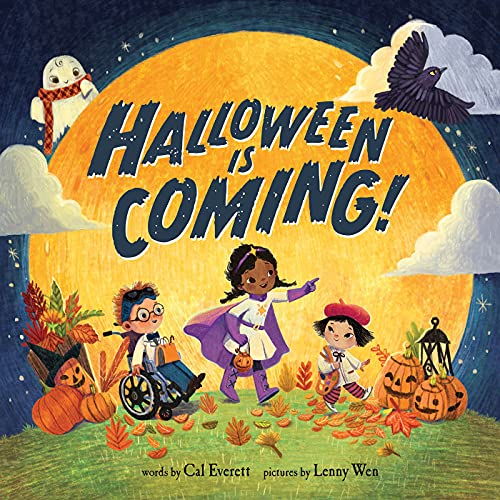Like most mice, Mona, Millie, and Marcella are no fans of winter. During these cold months, they dig a burrow for themselves deep underground to keep warm until spring. Their friend Lucy is not like most mice. Winter is her favorite time of year. She spends these days outside, making snow angels, snow mice, and catching snowflakes with her tongue. When she returns to the burrow with dripping fur and snow-covered paws, her friends are none too pleased.
Mona, Millie, and Marcella do not understand the appeal of winter, but this hasn’t stopped Lucy from trying to sway them. She has made snow cones for her friends and gifted them giant icicles from outside. Once, she even brought in heaps of snow for an indoor snowball fight. Hard as Lucy tries, each attempt always ends the same. Her friends stay averse to winter, and Lucy continues to play outside alone.
One day, after slipping on a patch of ice, Lucy discovers a new activity – ice skating! Crafting a pair of ice skates from pine needles, Lucy commits to the new hobby. No matter how many times she slips or loses balance, she is determined to keep trying until she gets it right. It doesn’t take long for Mona, Millie, and Marcella to notice that Lucy is spending less time pestering them and more time by herself outside. Has Lucy finally given up on convincing them? Or has she found a winter activity that all her friends can enjoy?
Mice Skating is a fun and cheerful picture book that will show young readers the many ways that they can enjoy winter. The story also shows spending time alone and spending time with friends can be equally rewarding. With one to seven short sentences per page, Mice Skating is an easy read. Teagan White’s illustrations give the book a distinct warmth, placing modern, streamlined characters in desaturated vignette drawings to give the book a nostalgic and timeless feel. These illustrations will be particularly fun for the many detail-oriented readers, who will enjoy the many background gags that White hides in every other page (among these gags, you will find that cases of cheese are hung about the burrow as decorations, while bits of litter serve as the mice’s furniture and kitchen supplies).
If you are looking for a funny and clever story to entertain young readers this winter season, Mice Skating is the book for you. If you enjoy this book, make sure to check out its sequel, Sugar and Spice and Everything Mice, where a snowstorm forces Lucy to adapt to life indoors. For more ice-skating fun, check out Tallulah’s Ice Skates by Marilyn Singer.
Sexual Content
- None
Violence
- None
Drugs and Alcohol
- None
Language
- None
Supernatural
- None
Spiritual Content
- None
